There are many factors that contribute to creating a good weld. Understanding the importance of joint design is one of the crucial factors in producing good quality welds.
Good joint design is based on design specifications described in various welding codes or standards used in professional welding. The joint design determines what type of weld the operator must produce to meet the acceptable quality standard. A few examples are T-joints, which require a fillet weld; butt joints requiring a groove weld; overlapping joints, which require fillet welds; and corner joints, which can be fillet or groove welds.
Types of Welding Joints
The 5 Different Types Of Welding Joints
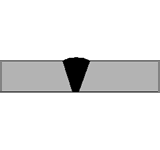
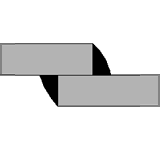
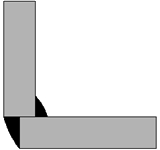
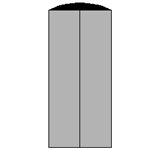
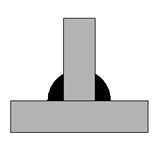
Different jobs need different types of welds. Different types of welding joints are made to stand up to the needs and forces of each individual application. This article describes the five basic types of welded joints recognized by the American Welding Society and provides tips for welding each type to achieve the best results.
Butt Welding Joint
A Butt Weld is a circumferential butt welded joint, and the most common type of joint employed in the fabrication of welded pipe systems. A butt joint is the most universally used method of joining pipe to itself, fittings, flanges, Valves, and other equipment. This welding technique is widely applied in situations where a quality weld desired, and the weld by X-ray technically should be investigated.
When the material to be welded exceeds 3/16" in thickness, the ends of pipes, fittings and flanges must be chamfered at approximately 37.5°, flared on a small upright side (Root face); in practice we talk about the Welding Bevel.
The most used bevels are the "Plain bevel" from wall thicknesses (t) 4 to 22.5 mm, and the "Compound bevel" for wall thicknesses above 22 mm.
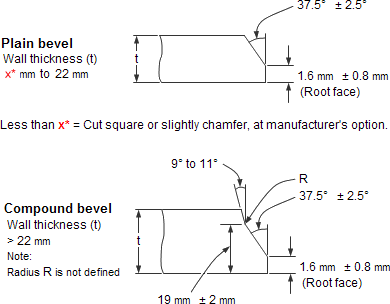
ASME B16.25 covers the preparation of buttwelding ends of piping components to be joined into a piping system by welding. It includes requirements for welding bevels, for external and internal shaping of heavy-wall components, and for preparation of internal ends (including dimensions and dimensional tolerances).

During the prefab from a pipe on a elbow e.g., a "Gap" of approx. 3-4 mm should be created, to obtain a proper weld penetration. These weld edge preparation requirements are also incorporated into the ASME standards (e.g., B16.9, B16.5, B16.34).
Full Penetration Weld
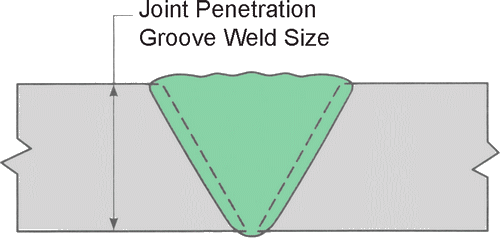

Incomplete Penetration Weld
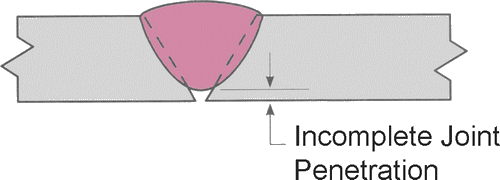
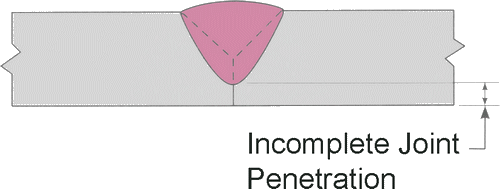
Lap Welding Joint
Lap welding joints are used most often to joint two pieces with differing thicknesses together. Also considered a fillet type, the weld can be made on one or both sides. A Lap Joint is formed when 2 pieces are placed in an over lapping pattern on top of each other.
Fillet Welding Joint
Fillet welded joints such as tee, lap and corner joints are the most common connection in welded fabrication. In total they probably account for around 70 to 80% of all joints made by arc welding. No edge preparation is needed and assemblies in piping systems are simpler. Therefore, fillet welds are usually cheaper than butt welds.
In pipe systems fillet welded joints are generally used for joining pipe to socket joints in sizes NPS 2 and smaller, and in systems where Slip On flanges will be used. The image below illustrates typical fillet welded joints in a Socket Weld pipe system.
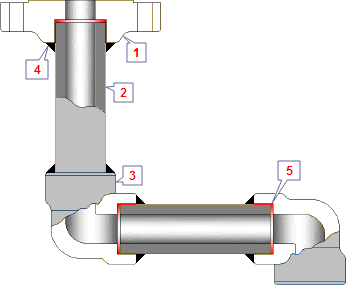
1..Socket weld flange 2..Pipe 3..Socket weld elbow 4..Fillet weld 5..Expansion gap
ASME B31.1 1998 127.3 Preparation for Welding (E) Socket Weld Assembly says..
In assembly of the joint before welding, the pipe or tube shall be inserted into the socket to the maximum depth and then withdrawn approximately 1/16" (1.6 mm) away from contact between the end of the pipe and the shoulder of the socket.
The purpose for the bottoming clearance in a Socket Weld is usually to reduce the residual stress at the root of the weld that could occur during solidification of the weld metal, and to allow for differential expansion of the mating elements.
The disadvantage of a Socket Weld system is right the expansion gap and the space between the OD of the pipe and the ID of the fitting. By corrosive products, and mainly in stainless steel pipe systems, the crack between pipe and flange, fitting or Valve can give corrosion problems.
I am not an expert in this matter, but on the internet, you will find a lot of information about forms of corrosion.
In service applications, where complete weld penetration to the inside of the piping is required, socket welds are not acceptable, and generally butt welds must be made.
Edge Welding Joint
Edge welding Joints are often applied to sheet metal parts that have flanging edges or are placed at a location where a weld must be made to attach to adjacent pieces. Being a groove type weld, Edge Joints, the pieces are set side by side and welded on the same edge. For heavier applications filler metal is added to melt or fuse the edge completely and to reinforce the plate.
Tee Welding Joint
Tee welding joints are formed when two members intersect at a 90 deg angle which makes the edges come together in the center of a plate or component. Tee Joints are considered a type of fillet weld, and can also be made when a pipe or tube is welded onto a base plate. Extra care is required to ensure effective penetration into the roof of the weld.